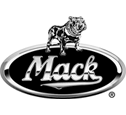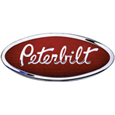Average Service Life of Important Truck Parts
When you work with TSVA to design and build your fleet, you get the right parts that last and last through the years. Be that as it may, it’s important you have your trucks regularly serviced and maintained to avoid breakdowns and other issues that cost you money and reduce the productivity of your fleet. To keep your trucks in the best shape possible, you should know how long certain parts are meant to last so you have a frame of reference.
Here’s what you should know about the average life span of some of the most important parts in your trucks:
The engine is arguably the most important part of your truck. While many factors influence its life span, typically, engines last around 150,000 miles on the low end and up to 350,000 on the high end.
The timing belt ensures that certain moving parts remain in sync. If the timing belt should fail, the engine can seize up and require a complete (and costly) engine replacement. Timing belts last between 60,000 and 100,000 miles.
The alternator can last between 40,000 and 100,000 miles, but the lifespan depends on the electrical components in your trucks. Cranes and other add-ons can contribute to shorten alternator life.
Brake pads tend to have shorter life spans, typically lasting between 30,000 and 70,000 miles. These numbers can change drastically based on how hard, quickly or often the brake is applied.
Whether your trucks’ vital components are reaching the end of their life spans, or your fleet is due for an inspection or repairs, TSVA offers complete repair and inspection services with our very own in-house experts. We’re also qualified to perform DOT Cargo Tank Testing and R Stamp Repairs! Contact TSVA today to learn more, and to schedule a visit to our shop!








